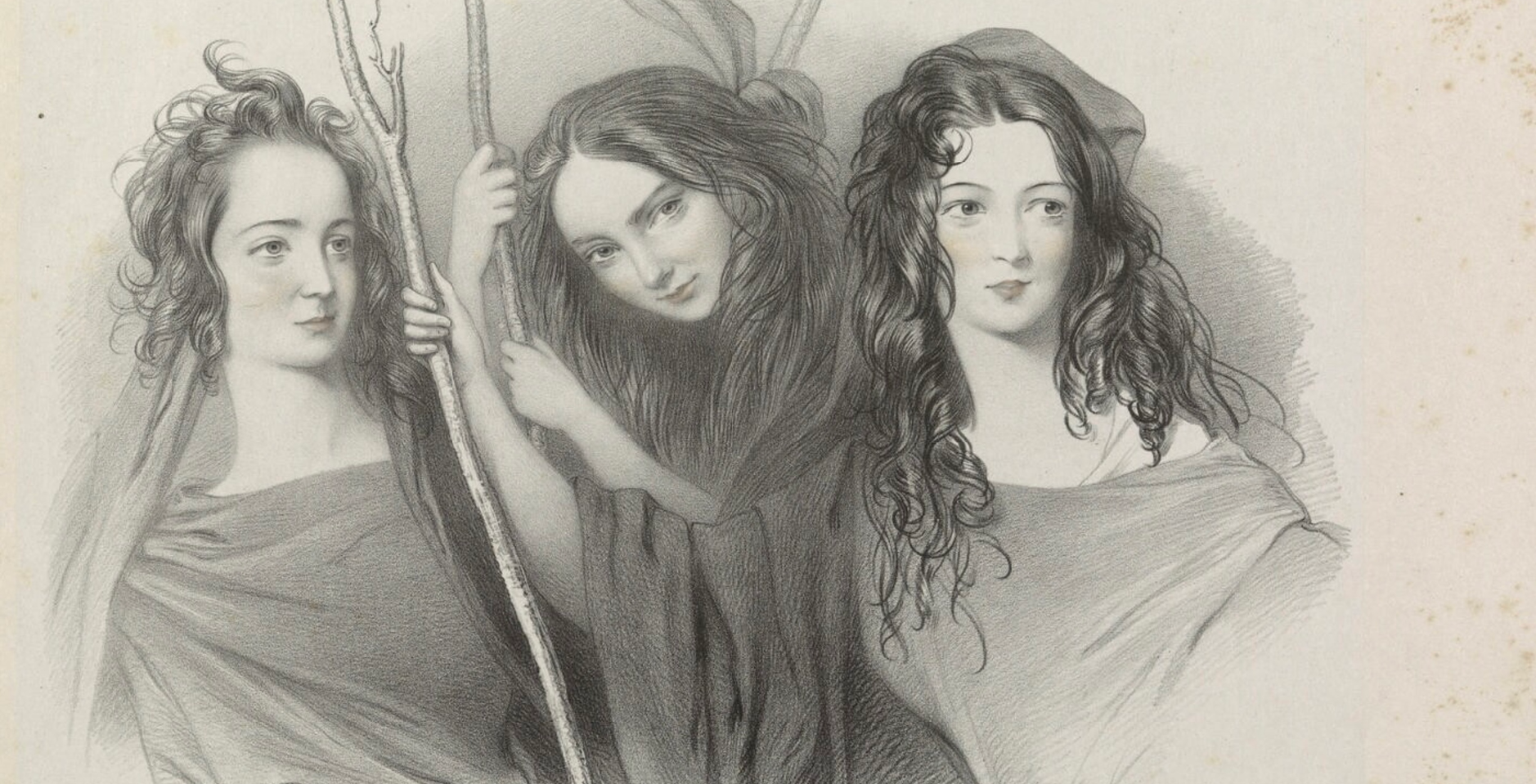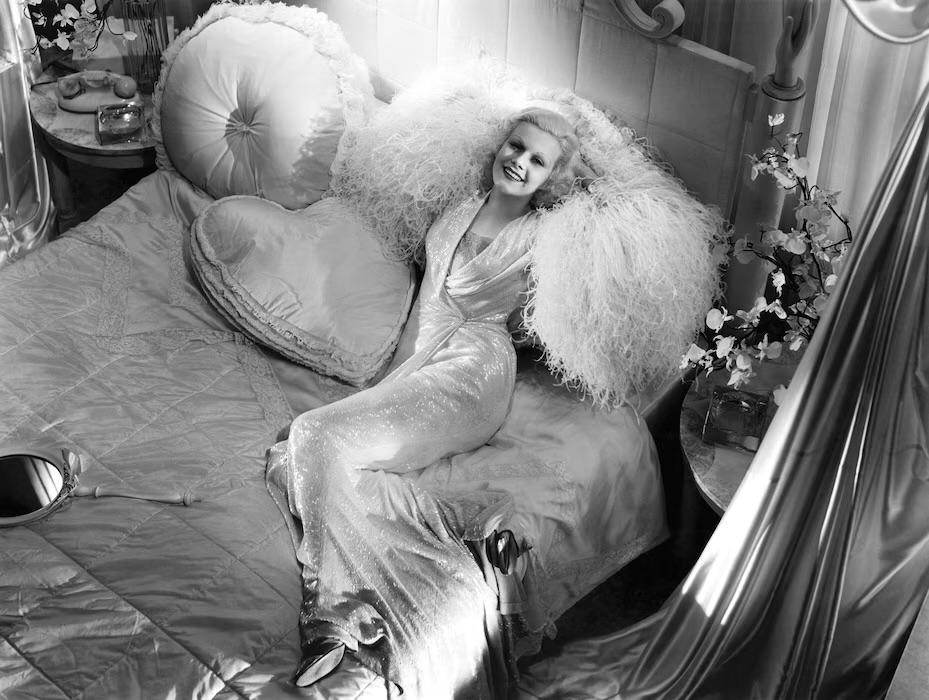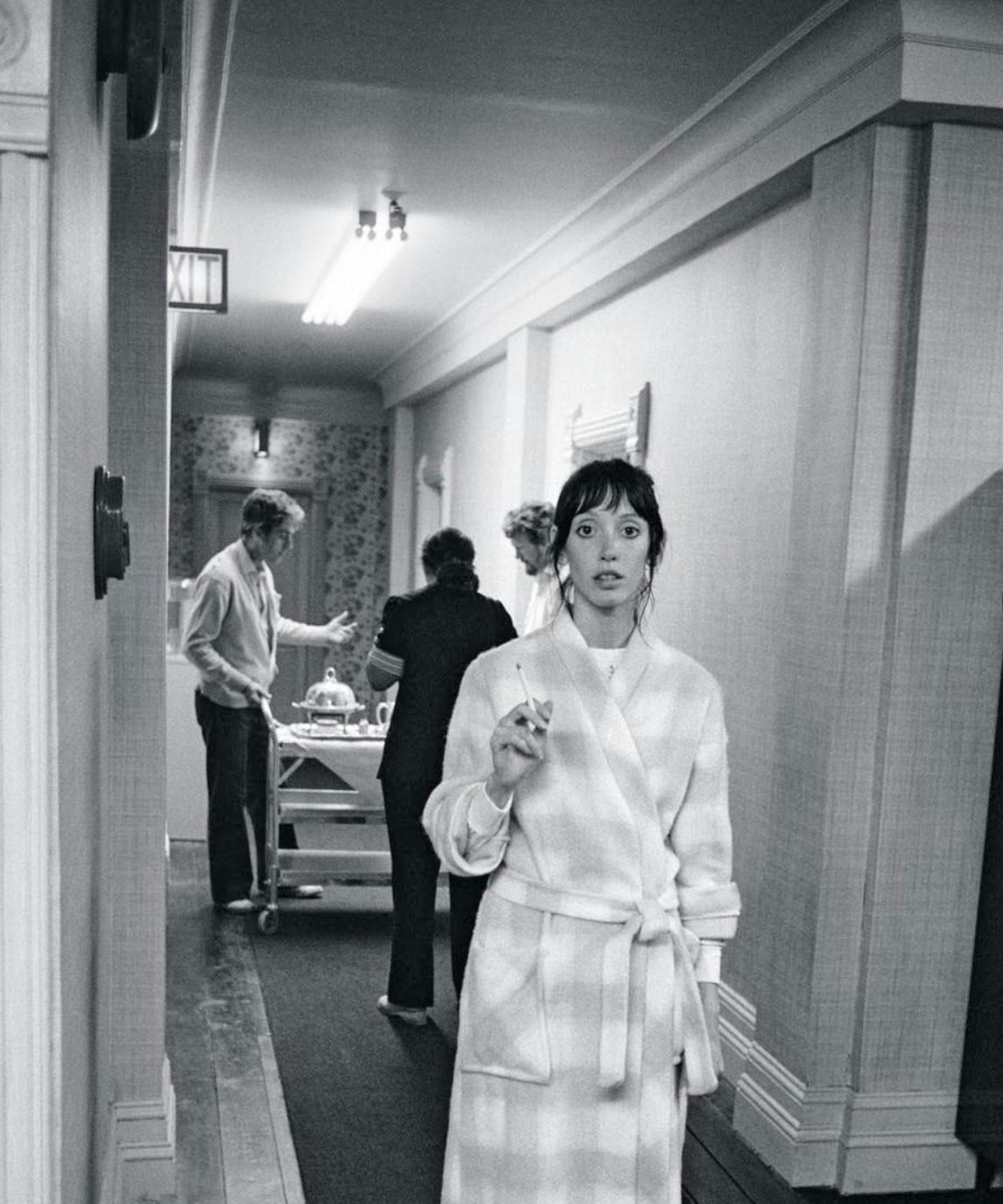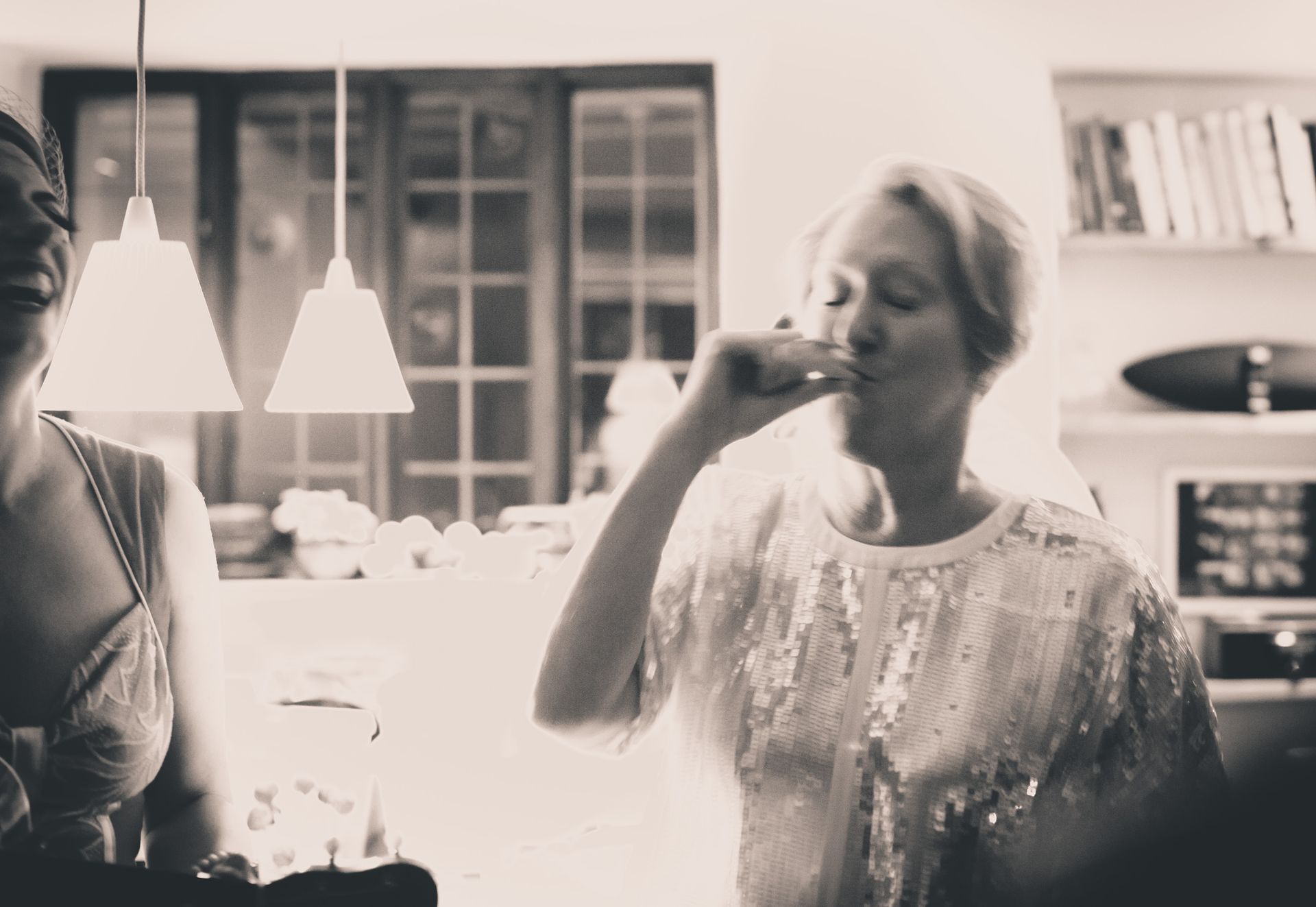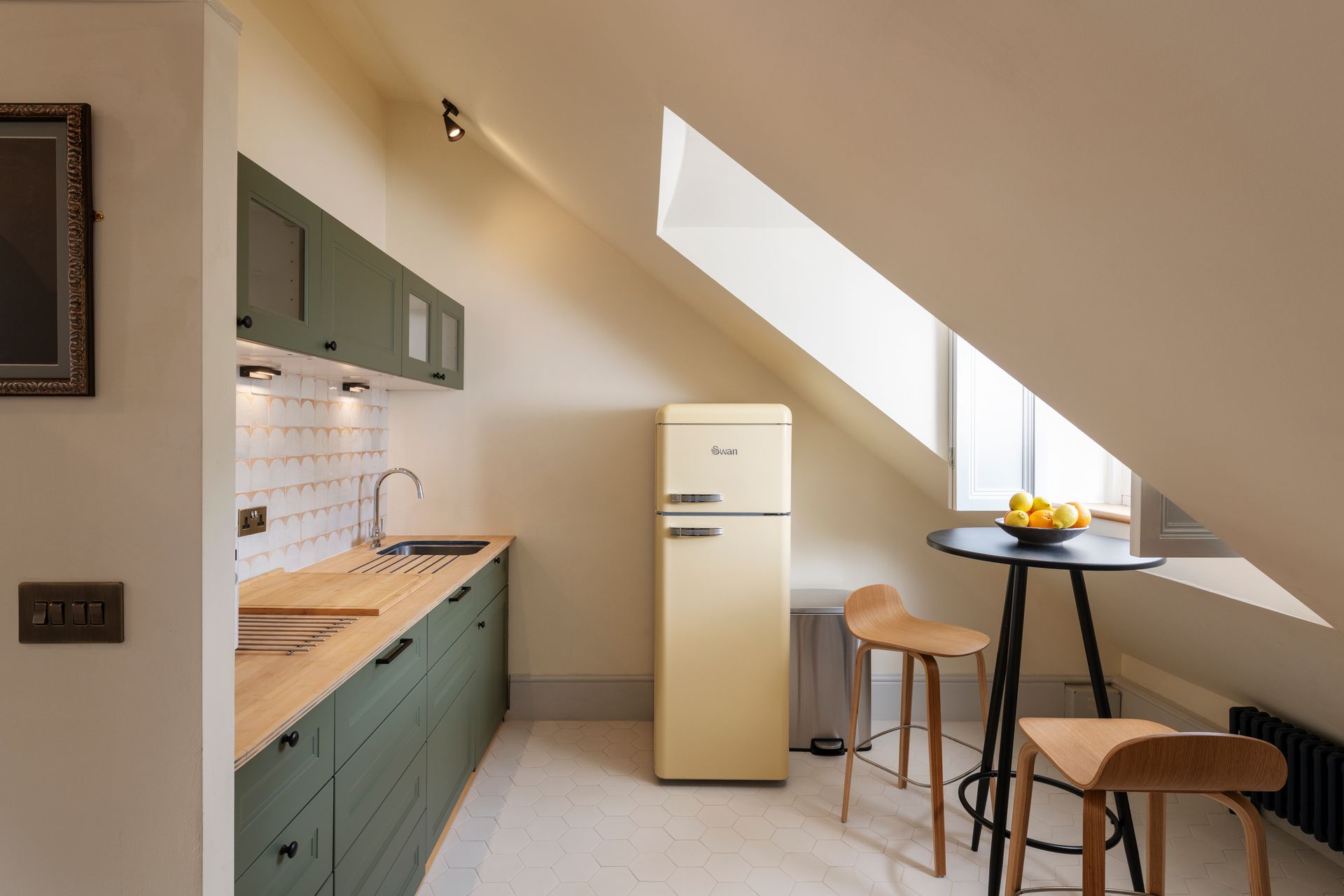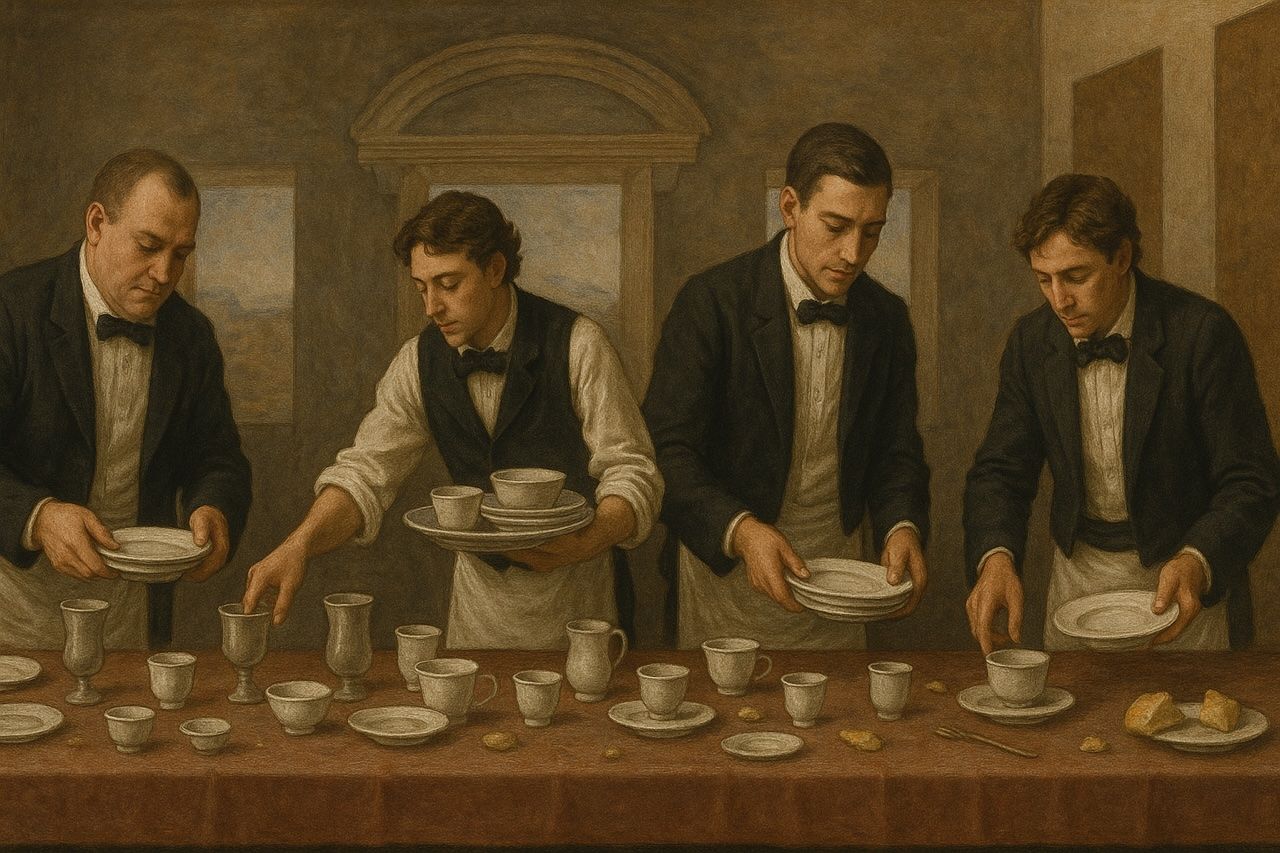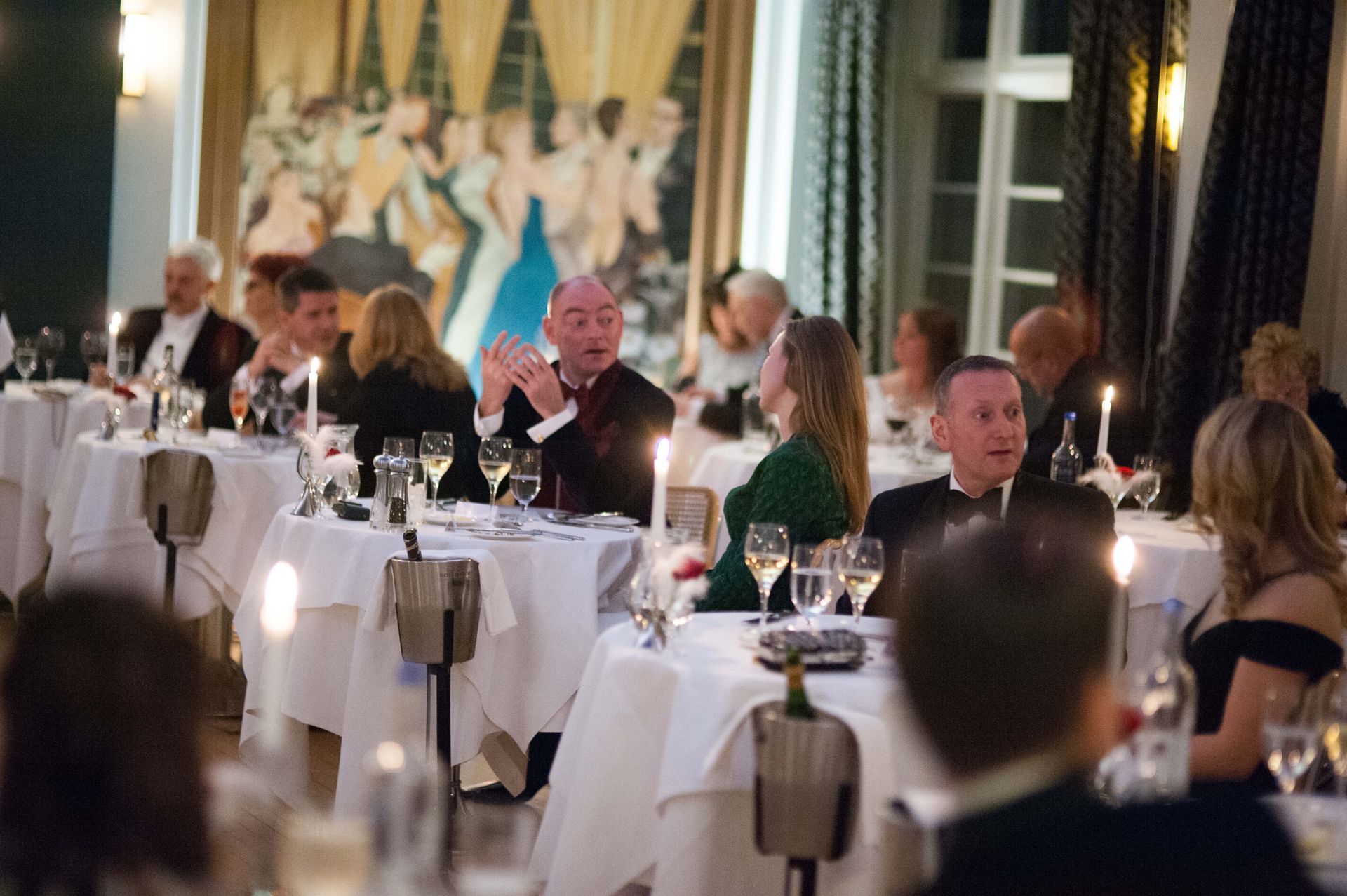Get Your Story Straight
all good hotels need a biography
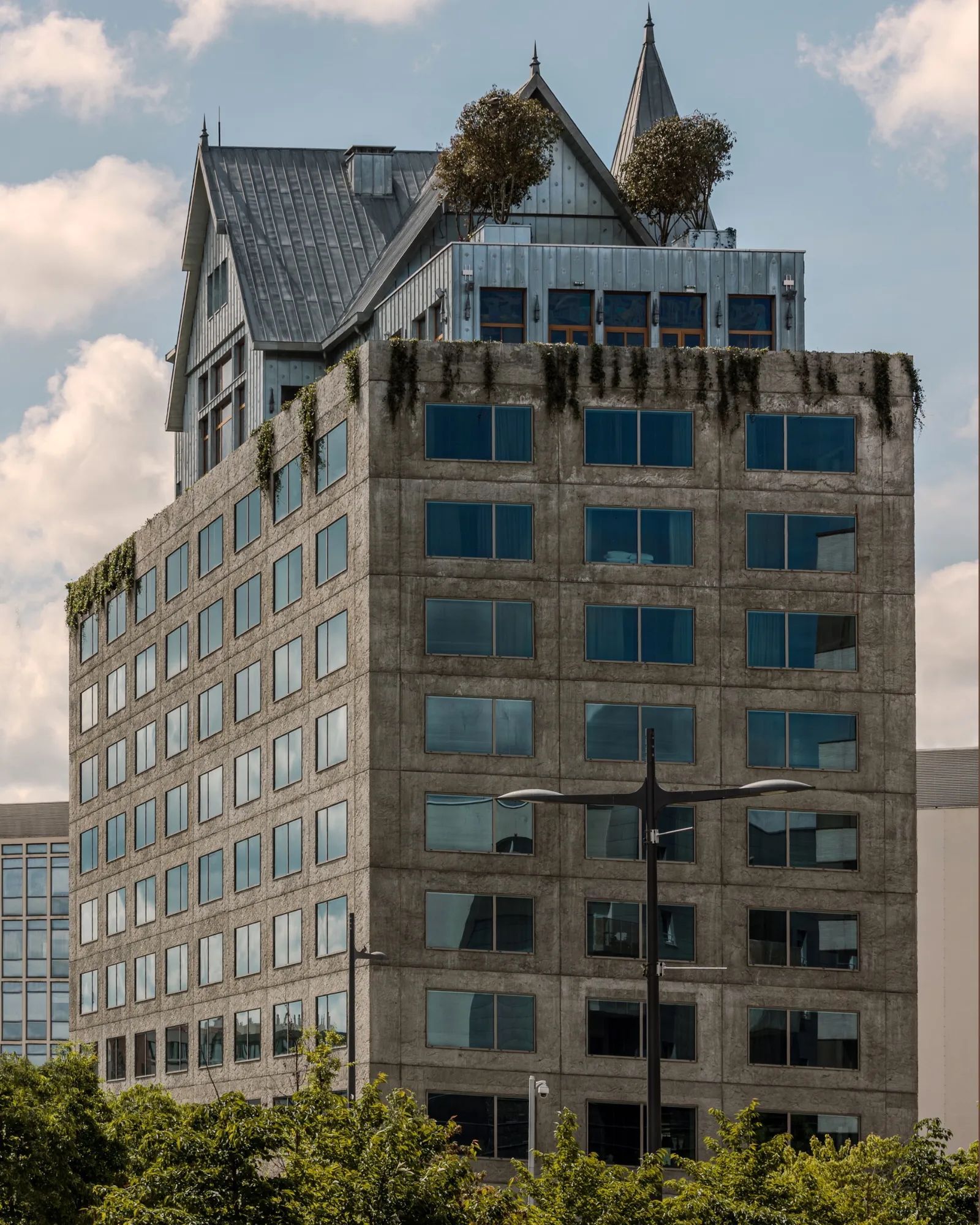
“I’ve made a story, that guests can inhabit” says Phillippe Starck about his most recent project, le Maison Heler Metz. In that cross-border, tug-of-war region that my grandparents would have called mittel-europe, Starck’s playbook mashup of styles is uncannily appropriate. I love it: and I love most of all the sense of place the project as a whole - not just the architecture - brings to play in your mind.
It could be pretentious as a building of itself, apartments, offices, something of the everyday. It’s really with hospitality, transience, the business of holding your customer in a day-dream that this flight of fancy is not just possible but should be applauded. What’s better than to enter an environment, by choice not necessity, and remark “oh my, I never thought this would feel so right”.
“Maison Heler is a game on uprooted roots,” Starck says. “A symbolic construction of Lorraine, whose historical identities create an inspiring intermediate state. The fortress-like houses of the region served as the central soil for this project, and the surreal story of its owner, Manfred Heler.”
Yes: Starck, like so many of us, has created an entire narrative around the experience - one that has informed every choice in the project. The ‘owner’ of the house atop a brutalist block is fictitious Manfred Heler: and Starck has written and published his biography. OK, it’s not Dostoyovsky; Manfred Heler inherits his parents’ beautiful house. In Starck’s words: “As an orphan, he finds himself all alone in this mansion surrounded by a large park. One day, suddenly, the earth begins to tremble. He looks around and realises that he’s rising into the air. He climbs and climbs, until the shaking stops. His house has been extruded, as if a cookie-cutter had arrived from below, sliced off a piece of the earth, and mounted it vertically.”
I’ve lived the narrative experience for 25 years now, from my first steps at Burgh Island - those room names, those tales, those (were they all?) fictitious characters, flitting between the cocktail list, the bedrooms and the ball room paintings: “Join our historic guest list” was the thread - be whoever you want to be. Now, at Southernhay House, I run with the dynamics of the East India Company and the surprisingly modern sense in which the Georgians of Exeter went about their lives. A sense of place is, I think, what marks our best buildings: a sense of knowing why they are, as much as what they are, what they have been and who is living through them. In looking for a narrative, I’m not a nit-picker on actual facts; as long as they are grounded in the place, the time, the building - all is plausible and all is believable in the moment you are within the story. Of course, were this a long term relationship, you would seek something more substantial, wouldn’t you? But the beauty of hospitality is that it’s not - even our regulars come and go, you don’t need to question but accept and enjoy.
Lucky Starck with the ammo to create this Metz project from ground up: it’s taken time, as the ground was first broken in 2019, and money, since Hilton sits behind it. It’s a biggy, with 104 bedrooms and suites. Yet in a world of corporate blandness I take my hat off (reluctantly) to Curio by Hilton and doff my cap (chef’s kiss, if I may) to Phillippe Starck for making narrative so literal in the context of what should always be a step outside daily reality.
(Main image credit: Photography by Julius Hirtzberger)


